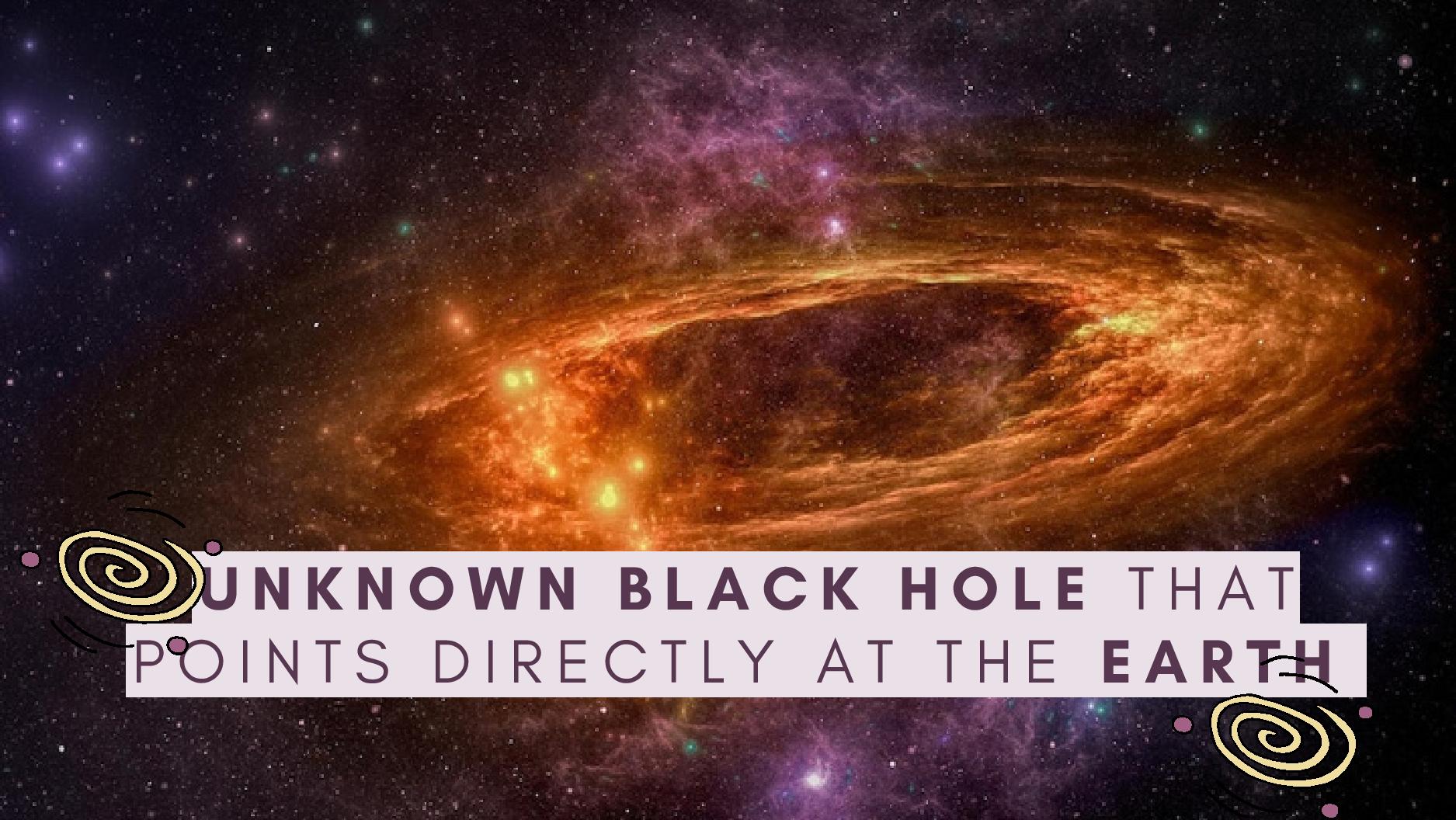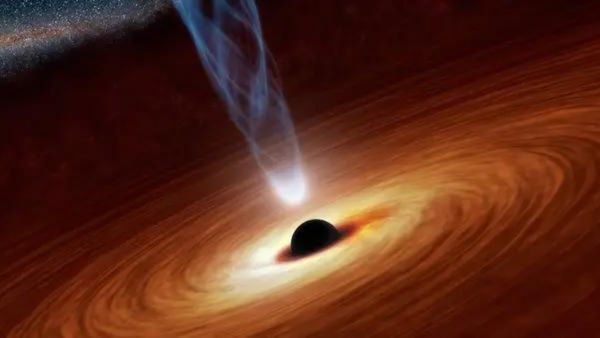Just In
- 34 min ago

- 2 hrs ago

- 10 hrs ago

- 10 hrs ago

Don't Miss
- News
 Odisha Boat Tragedy: Four Dead, Search Continues For Missing Passengers
Odisha Boat Tragedy: Four Dead, Search Continues For Missing Passengers - Movies
 Paarijatha Parvam Full Movie Leaked Online In HD For Free Download Hours After Its Theatrical Release
Paarijatha Parvam Full Movie Leaked Online In HD For Free Download Hours After Its Theatrical Release - Technology
 itel S24 With 108MP AI Dual Camera India Launch Confirmed; Amazon Microsite Goes Live
itel S24 With 108MP AI Dual Camera India Launch Confirmed; Amazon Microsite Goes Live - Finance
 Daily Relative Strength Index RSI In A Bullish Mode of This Pharma Stock; Buy For TP Rs 635-685
Daily Relative Strength Index RSI In A Bullish Mode of This Pharma Stock; Buy For TP Rs 635-685 - Sports
 RCB Green Jersey Match: Record And Stats Ahead of KKR Meeting in IPL 2024
RCB Green Jersey Match: Record And Stats Ahead of KKR Meeting in IPL 2024 - Automobiles
 Mahindra XUV 3XO SUV – Everything We Know So Far
Mahindra XUV 3XO SUV – Everything We Know So Far - Education
 Exam Pressure Does Not Exist; Studying Punctually is Crucial; Says Aditi, the PSEB 2024 Topper
Exam Pressure Does Not Exist; Studying Punctually is Crucial; Says Aditi, the PSEB 2024 Topper - Travel
 Journey From Delhi To Ooty: Top Transport Options And Attractions
Journey From Delhi To Ooty: Top Transport Options And Attractions
An Unknown Black Hole That Points Directly At The Earth Discovered
A bright X-ray, optical, and radio signal appearing halfway across the universe has been determined by astronomers.
Known as AT 2022cmc, the signal was discovered earlier this year by the Zwicky Transient Facility. Observations published in Nature Astronomy suggest that the jet is likely to be generated by a supermassive black hole ejecting matter at close to light speed.

This is the first time ever that scientists have observed a black hole emitting light, which prompted excitement as the light originated from a region of space that had never previously seen light.
Researchers at Palomar Observatory in California were monitoring data from the Zwicky Transient Facility when they observed a flash of extraordinary magnitude in an area of the sky that had never previously been observed. The flash appeared to emit more light than 1,000 trillion suns, according to a rough calculation.
These findings have been documented in two scientific journals - one in Nature in an article entitled 'A very luminous jet from the disruption of a star by a massive black hole', and another in Nature Astronomy entitled 'The Birth of a Relativistic Jet Following the Disruption of a Star by a Cosmological Black Hole'.

MIT scientists, along with astronomers at NASA and Caltech, published the discovery in an astronomy newsletter, where it attracted the attention of astronomers throughout the world.
In the following days, multiple telescopes focused in on the signal to gather more data across multiple wavelengths, including X-ray, ultraviolet, optical, and radio wavelengths to determine what was causing such high levels of light.
There is a report that this light emits more light than one trillion suns. Quite impressive, tbh.
As a result of a star being too close to a black hole, it was ripped apart and the blast was seen throughout the universe. It is called a tidal disruption event (TDE). Approximately one per cent of the time, plasma and radiation is sent out of both sides of the black hole.

This TDE was unusual in that it was so bright - primarily due to its direction towards the Earth. As a result, it was more intense than normal.
Researchers turned their advanced telescopes - among the world's most advanced - towards the source during this TDE in February. A supermassive black hole that 'ate' a star three years ago essentially 'burped up' a star last month, leaving astronomers scratching their heads.
"This caught us completely by surprise - no one has ever seen anything like this before," said Yvette Cendes, the lead author of a new study analysing the phenomenon [1].
-
 insync4 Women & 2 Men Locked In An Isolation Room For 365 Days: Know Details Here!
insync4 Women & 2 Men Locked In An Isolation Room For 365 Days: Know Details Here! -
 womenJayalakshmi, Class 11 Student From Tamil Nadu And Family's Sole Breadwinner Wins A Trip To NASA
womenJayalakshmi, Class 11 Student From Tamil Nadu And Family's Sole Breadwinner Wins A Trip To NASA -
 womenNASA Declares Its First-ever All-Female Spacewalk, Again!
womenNASA Declares Its First-ever All-Female Spacewalk, Again! -
 pulseGoogle Celebrates NASA's Apollo 11 Anniversary With Astronaut Michael Collin's Voice in a Doodle
pulseGoogle Celebrates NASA's Apollo 11 Anniversary With Astronaut Michael Collin's Voice in a Doodle -
 pulseToday, The Hubble Telescope Sent Its' First Ever Photo From Space
pulseToday, The Hubble Telescope Sent Its' First Ever Photo From Space -
 pulseA Trip To Mars In 39 Days
pulseA Trip To Mars In 39 Days -
 insyncSample Of Martian Colony At London Museum
insyncSample Of Martian Colony At London Museum -
 pulse'Space Elevator' For Heaven!
pulse'Space Elevator' For Heaven! -
 insyncLog On To NASA Website To Float Your Name In Space
insyncLog On To NASA Website To Float Your Name In Space -
 insyncWhat Would The Solar System Be Like Without The Sun? Celestial Changes That We Can Expect In The Future
insyncWhat Would The Solar System Be Like Without The Sun? Celestial Changes That We Can Expect In The Future -
 insyncWhat You Would Really See If The Earth Were Actually Flat
insyncWhat You Would Really See If The Earth Were Actually Flat -
 lifeEarth Day 2022: Amazing Quotes And Wishes To Honour The Day
lifeEarth Day 2022: Amazing Quotes And Wishes To Honour The Day


 Click it and Unblock the Notifications
Click it and Unblock the Notifications



